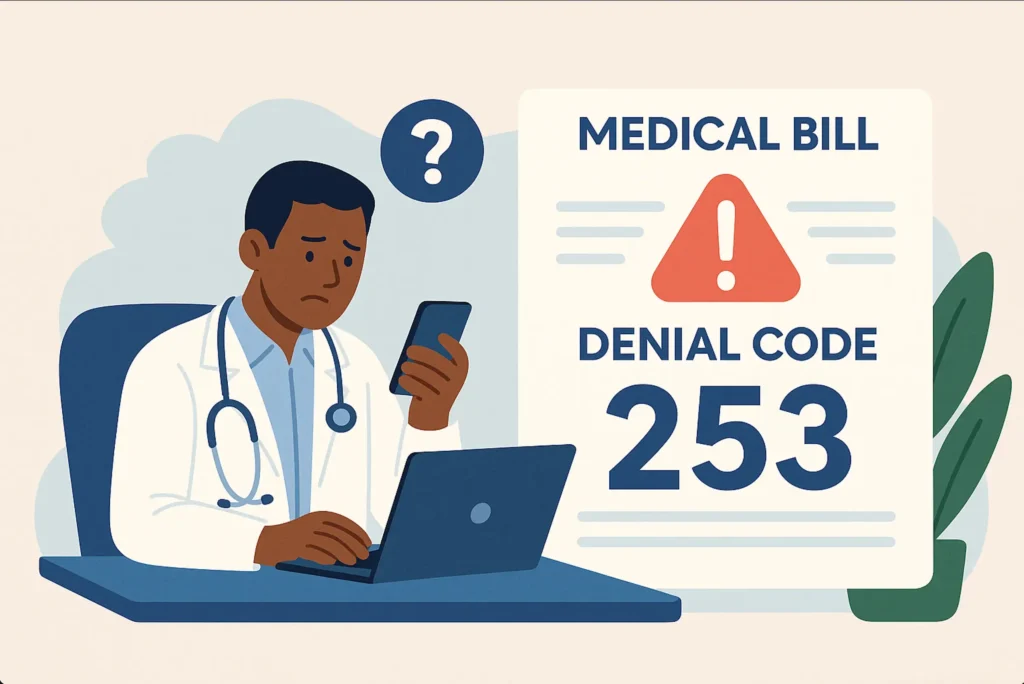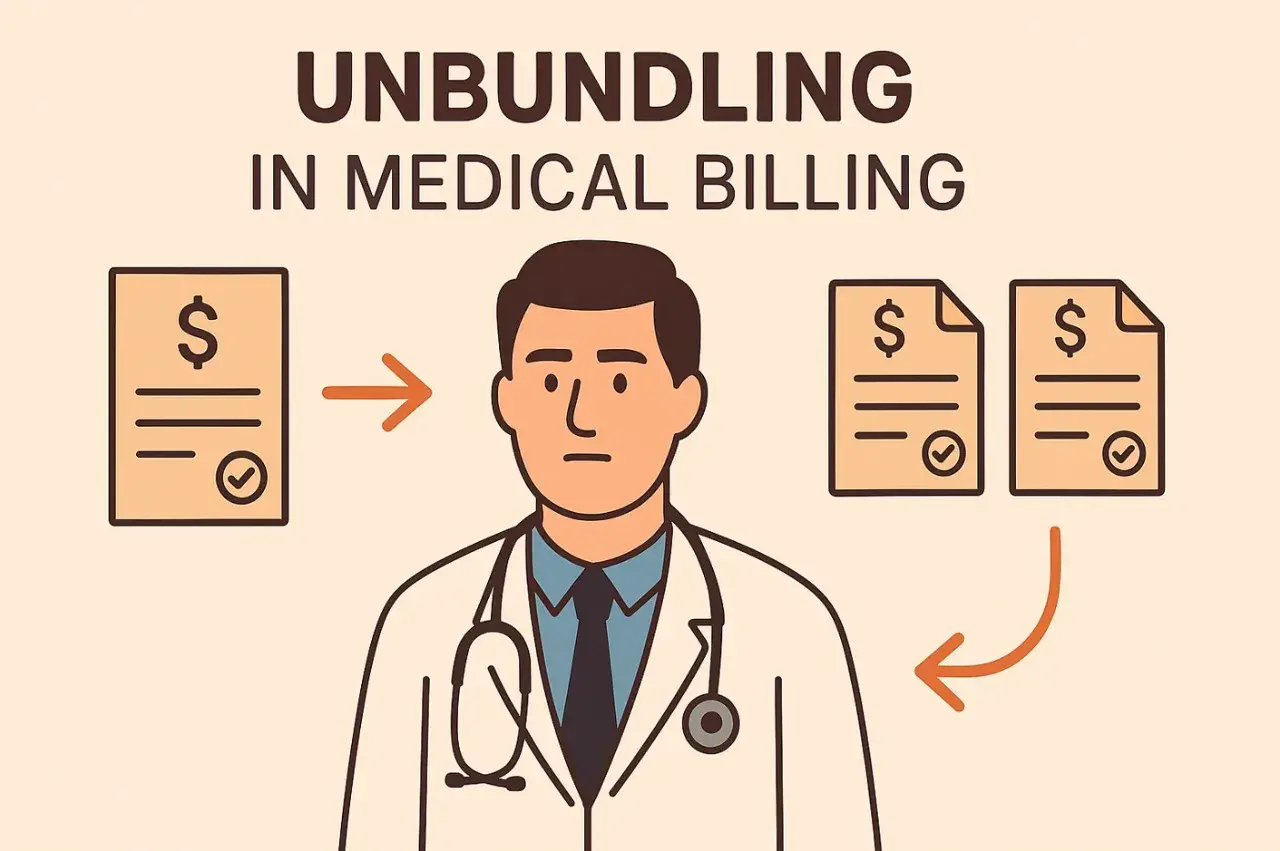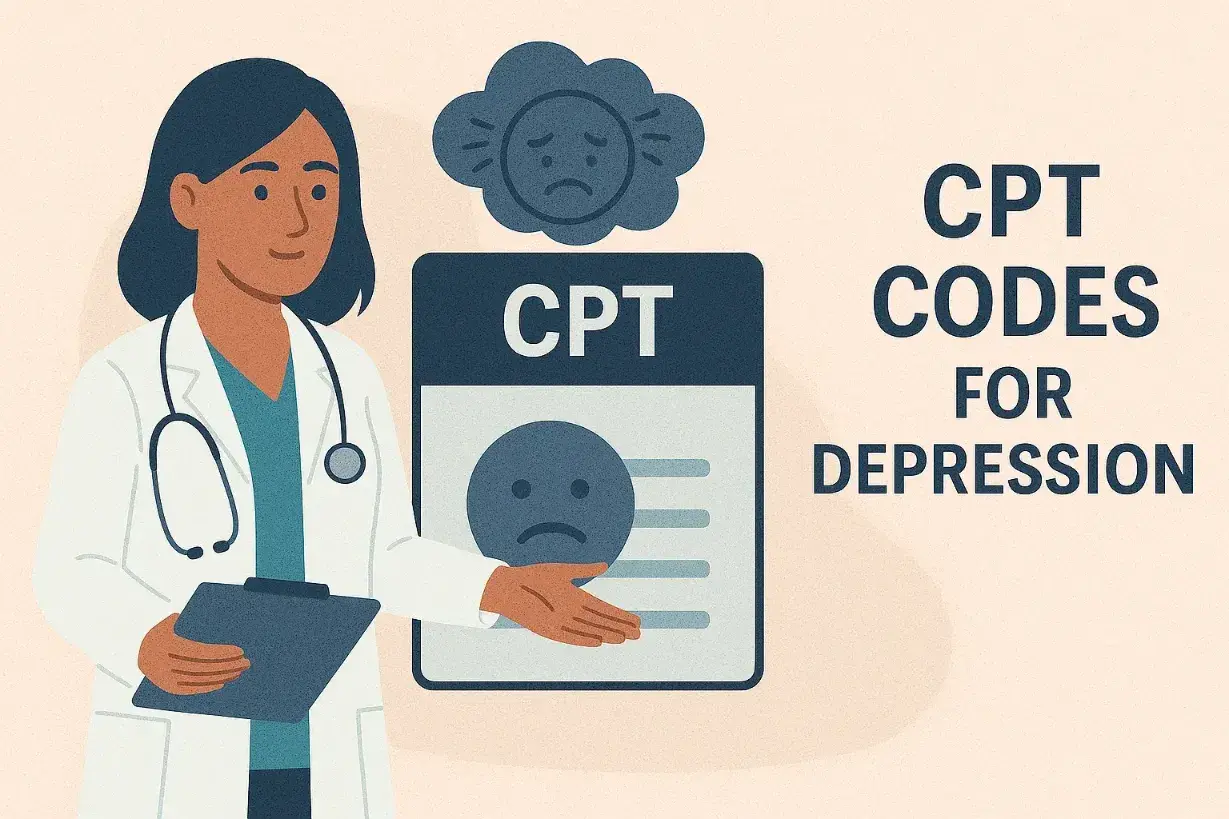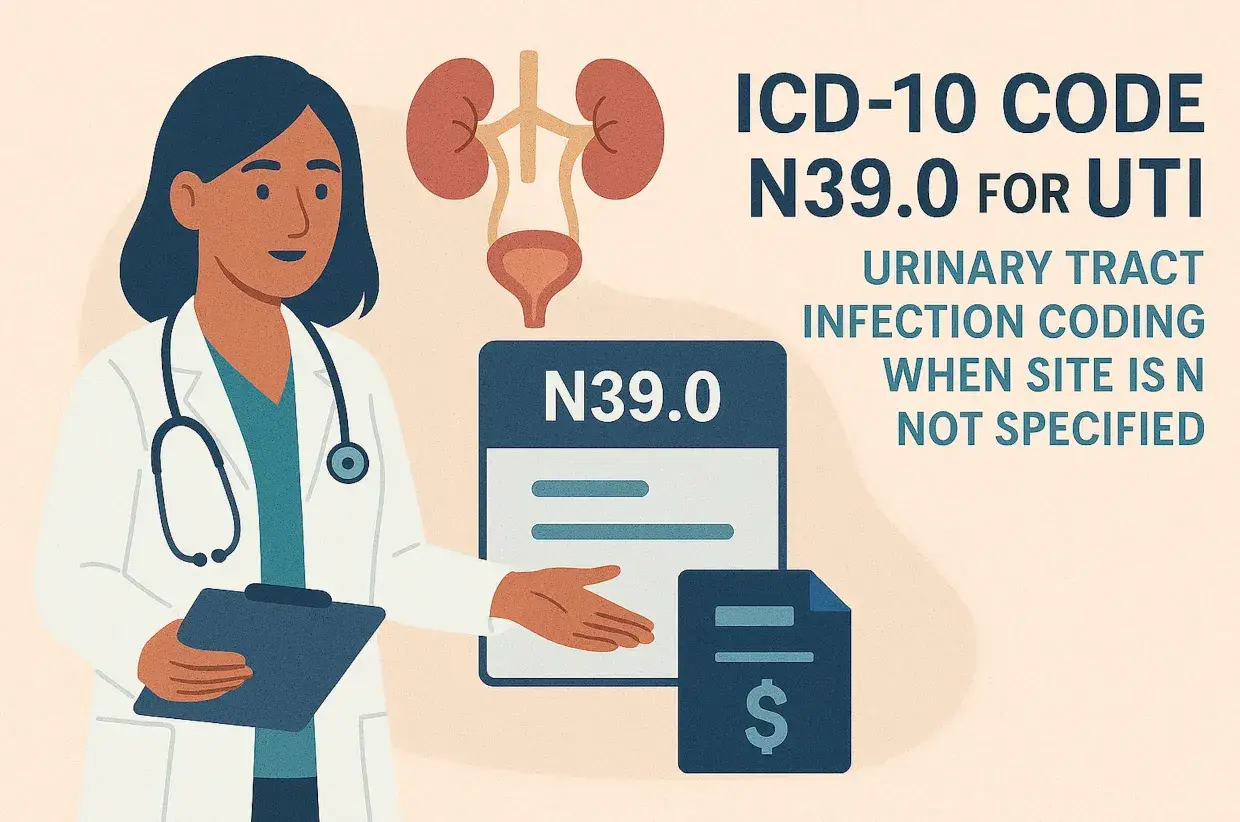Table of Contents
ToggleIf you’ve ever received a denial marked as CO 253 on your remittance advice, you’re not alone. This message, often labeled as the CO 253 denial code, confuses many providers — even when everything appears correctly submitted. As someone with years of experience in medical billing, I know how an unexpected claim denial can interfere with your workflow and income.
Let’s break down what denial code 253 really means, why it appears on Medicare fee-for-service claims, and how to reduce its impact on your revenue cycle.
Understanding CARC 253 and Medicare Sequestration Reductions
CO 253, also known as CARC 253, refers to a sequestration-related payment reduction mandated by the Budget Control Act of 2011. While not a denied claim in the conventional sense, it still represents a financial adjustment that affects your Medicare payment.
This adjustment code is used to report the sequestration, a 2% cut that applies to fee-for-service Medicare claim payments. The code will appear on the remittance advice and is used when the non-standard code options can’t fully capture the reason for the adjustment. It also applies with Group Code CO, although you may also see it used with Group Code OA in certain scenarios.
This sequestration payment change went into effect on April 1, 2013, and continues to apply to services with dates of service falling after that date. The 2% reduction was implemented as part of the Budget Control Act of 2011 and continues to affect Medicare reimbursements under current law. AAFP discusses these sequestration-driven cuts in more detail. It’s important to understand that the reduction is taken from the allowed amount after the approved amount is determined and before the final Medicare payment including application of deductible and coinsurance. In this case, the deductible and coinsurance are applied, but the coinsurance is not subject to sequestration.
Why You Might Receive a CO 253 Denial Code on a Medicare Claim
Although code 253 is a reduction, it can show up for several reasons. Here are the most common:
Sequestration Cuts
Most often, CO 253 results from the sequestration order, which covers all payments for services processed under Medicare. All Medicare claim payments are subject to this cut unless Congress passes legislation to change it. The Act of 2012 postponed sequestration, but it eventually took effect, and the impact of sequestration remains ongoing.
These payment adjustments required under sequestration are provided under the fee-for-service program and are not subject to appeal. They are calculated automatically — the reduction is taken from the calculated payment, and your reimbursement is lowered accordingly.
You’ll notice this most clearly if you monitor claims and remittance advice consistently.
Billing Inaccuracies or Documentation Gaps
In addition to sequestration, CO 253 can appear alongside other claim-level adjustments, especially when there are procedure code mismatches or missing details. If the payer applies multiple edits, the claim and assign code 253 process may include unrelated issues.
In these instances, the remark code must be provided to give context. The code may relate to administrative issues, such as a missing modifier, or medical ones — like lack of medical necessity.
Services Not Covered or Lacking Medical Necessity
If a service or procedure is not covered or fails to meet the standard of medical necessity, it may result in a CO 253 entry. In such situations, the patient is responsible for the non-covered amount. It’s important for providers to discuss with their Medicare patients the impact of the sequestration reductions, especially when patient expectations differ from reimbursement realities.
Timely Filing or Missing Authorization
Claims submitted late or without proper authorization can result in denial, sometimes accompanied by CO 253. Remember that claims after determining the Medicare portion still need to meet all administrative guidelines. When a denial was issued in error, correcting and appealing promptly increases the chances of a successful resolution.
How to Prevent Sequestration-Related Denials (CO 253, CARC 253)
You can’t prevent sequestration, but you can reduce the risk of other problems stacking on top of it.
Monitor Claims and Remittance Advice Regularly
Keep a close eye on when these reductions apply. If CO 253 on the RA appears frequently, check for patterns and identify whether other causes are recurring. A high denial rate might indicate system or training gaps.
Stay Informed on Medicare Policy
Medicare normally applies sequestration consistently, but small changes in language or implementation can happen. Staying current with updates ensures you’re not caught off guard when thresholds or reporting formats change.
Verify Coverage and Authorization
Before the dates of service or dates of discharge, verify patient eligibility. Failure to do so may introduce other errors that compound the reduction in Medicare payment.
Ensure Documentation and Accuracy
Make sure every billed service or dates of discharge is documented, justified, and coded accurately. This minimizes the chance of a claim-level flag or an unnecessary denial linked to CO 253.
Submit Claims Promptly
The payment amount is not paid in full when claims are delayed or incomplete. Set internal deadlines to keep your claim submission process clean and efficient.
How to Resolve CO 253 Medicare Denials for Effective Reimbursement
When you receive this denial code, use the following workflow:
Step 1: Identify What Triggered It
Was the adjustment reported only due to sequestration? If so, no further action is needed. However, if it’s linked to other edits — such as mismatched coding or lack of medical necessity — further investigation is warranted.
Step 2: Recalculate the Cut
The 2% cut is subject to the 2 percent rule, but only on the Medicare-covered portion. Payments for services with dates falling within sequestration windows will always reflect this. For exact calculation methods and how sequestration is applied at the claim level, see Chapter 5 of the CMS Medicare Claims Processing Manual.
Step 3: Appeal When Justified
If the denial was issued in error, or includes other incorrect adjustments, file an appeal with supporting documentation. That’s your best route to effective resolution.
Step 4: Improve Internal Processes
Use every adjustment code event as an opportunity to strengthen systems and reduce friction. Prevention is cheaper than correction.
Final Thoughts on CARC 253, Medicare Sequestration, and Revenue Protection
Though CO 253 is typically not something you can challenge, understanding how it functions and how it can appear with other issues empowers your team to respond strategically. Remember: 253 is used to report a federal budget mandate — not necessarily a provider mistake.
By refining your workflows, checking patient data thoroughly, and staying on top of policy changes, your team can reduce the impact of sequestration and avoid being caught off guard by overlapping issues.
Work With Swift Medical Billing to Handle Sequestration Reductions and Medicare Denials
At Swift Medical Billing, we help providers handle Medicare sequestration, navigate complex remittance advice issues, and resolve even the most stubborn claims. Whether it’s a standard 2% cut or an unexpected rejection, we’re here to support you.
Let us take the stress out of adjustment codes and denials. Partner with us and ensure that Medicare patients continue to receive care — while your team gets paid, faster and cleaner.




